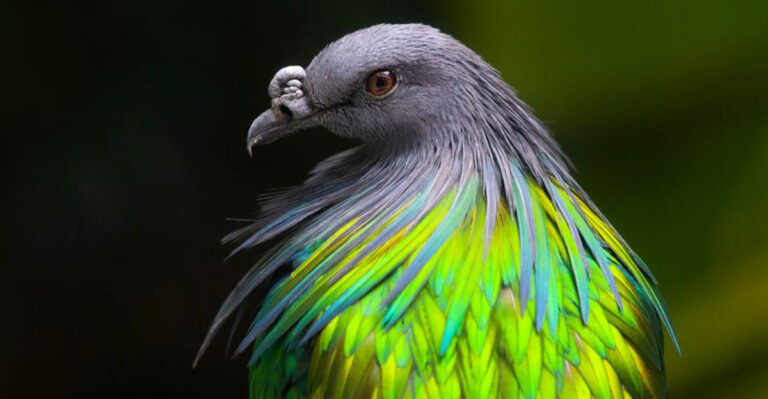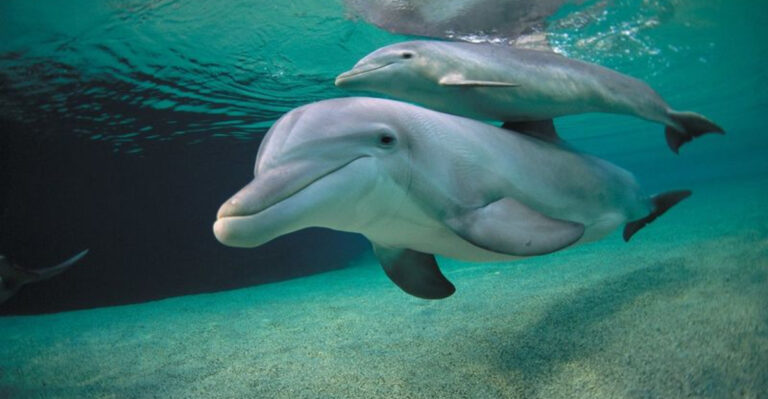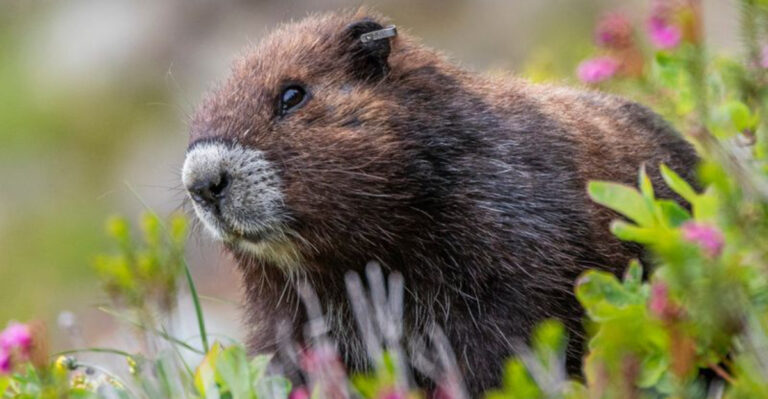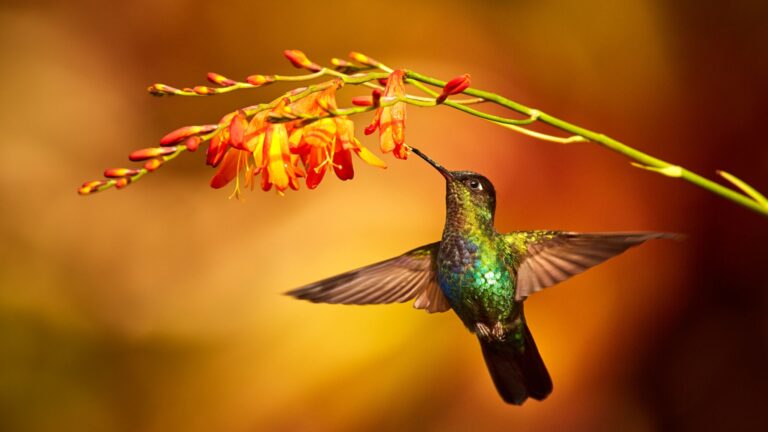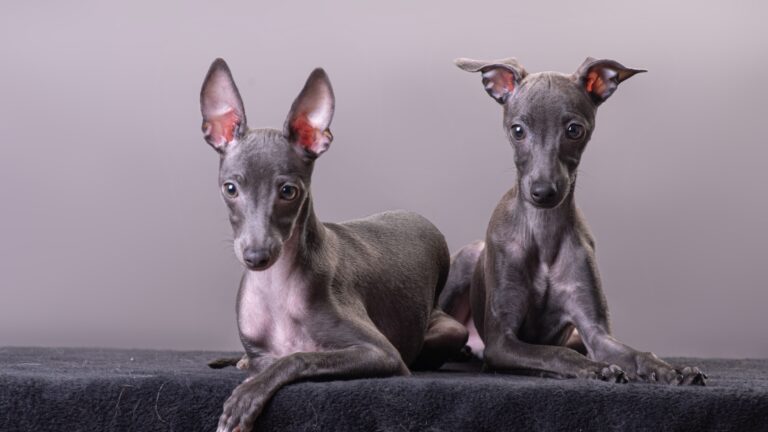14 Oldest Horse Breeds In The World, Ranked
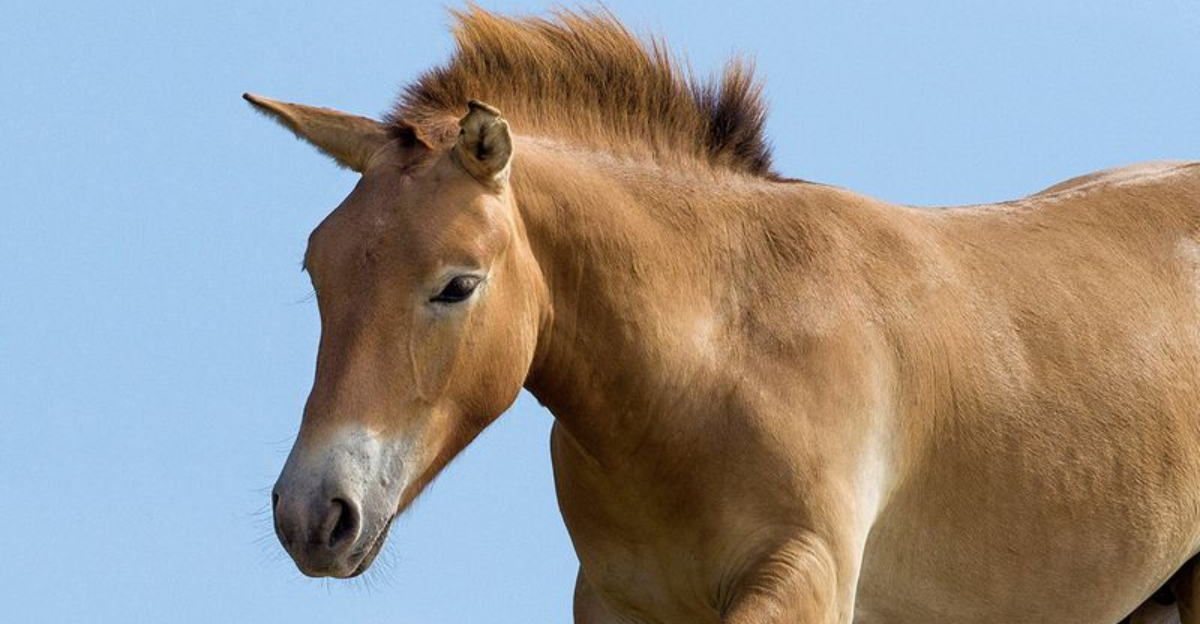
Horses have been our faithful companions for thousands of years, carrying us through wars, agricultural revolutions, and explorations.
Some horse breeds have lineages stretching back to prehistoric times, maintaining their ancient characteristics despite centuries of change. From wild survivors to royal favorites, these oldest horse breeds offer a fascinating glimpse into our shared history with these magnificent animals.
14. American Mustang: Wild Spirit Of The West
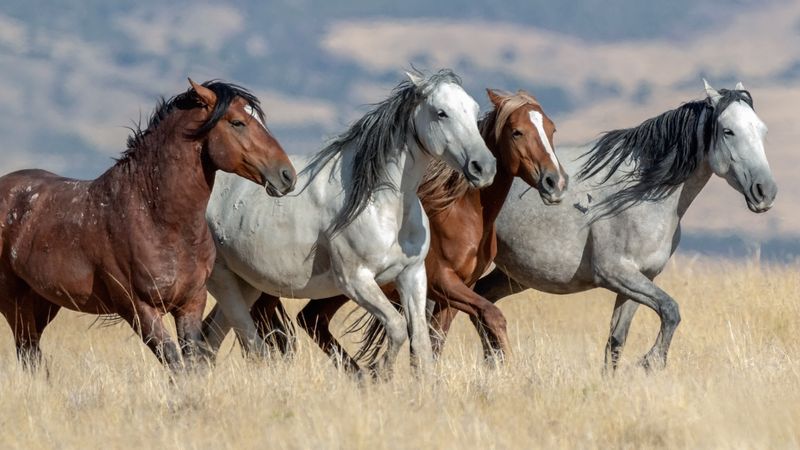
Though relatively young compared to other ancient breeds, Mustangs preserve genetic lines from Spanish colonial horses that arrived in the 1500s. Some isolated herds maintain primitive markings and characteristics lost in most modern breeds.
Living free in harsh environments naturally selected for hardiness and survival instincts. DNA testing has revealed some herds carry rare genetic markers from ancient Iberian and North African horses, connecting them to breeds that disappeared centuries ago in their homeland.
13. Andalusian: Spain’s Baroque Beauty
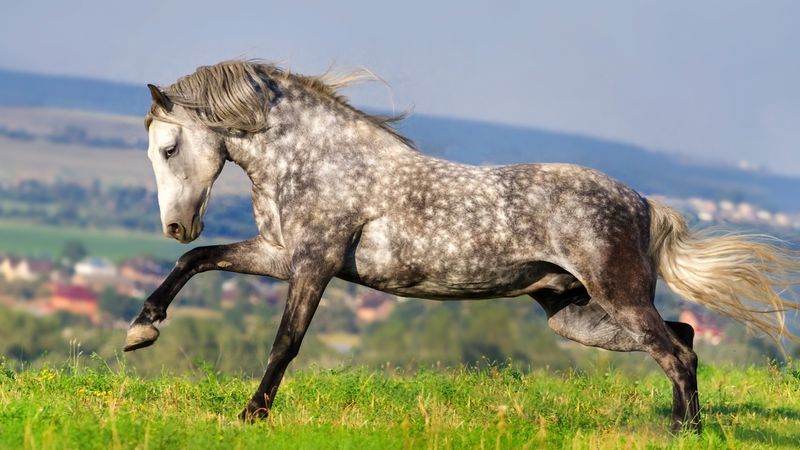
Cave paintings in Spain dating back 20,000 years show horses remarkably similar to today’s Andalusians. Formally recognized around 1,000 years ago, these majestic white horses became the mount of choice for European kings and knights.
Their powerful build and natural collection made them perfect for classical dressage and warfare. The Spanish protected their bloodlines fiercely, only gifting them to royalty. Their graceful movement and imposing presence still captivate audiences in equestrian performances worldwide.
12. Marwari Horse: Warrior’s Loyal Mount
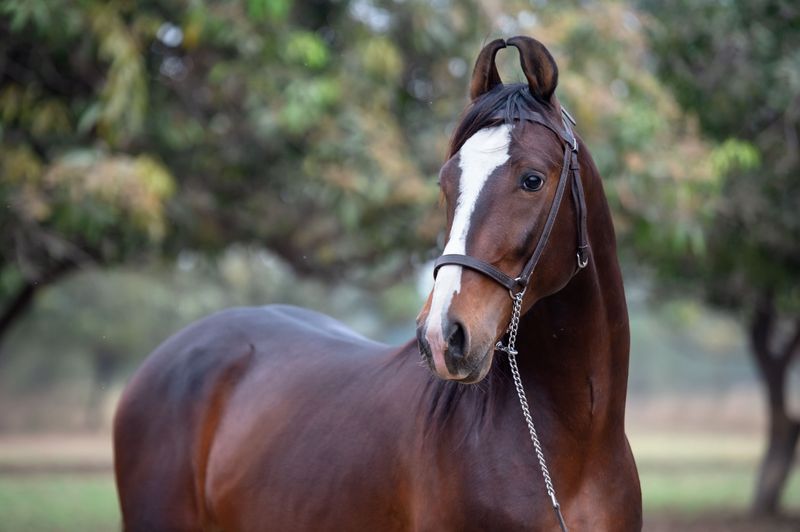
Instantly recognizable by their inward-curving ears that can rotate 180 degrees, Marwari horses were bred for war on India’s battlefields. Legend says they would carry wounded riders to safety and never flee from battle.
Rajput warriors developed the breed over 1,200 years ago, valuing loyalty above all traits. Their unique ears evolved to help hear commands in noisy battles. Once facing extinction, conservation efforts have saved these horses that once carried maharajas into legendary battles.
11. Akhal-Teke: Golden Desert Survivor
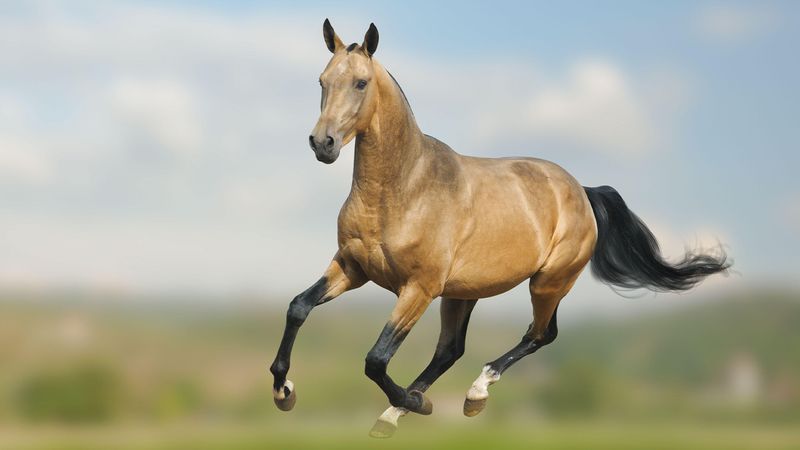
The national treasure of Turkmenistan shimmers with an otherworldly metallic coat—especially in their famous golden palomino shade. This unique hair structure evolved to survive brutal desert conditions where water was scarce.
Dating back over 3,000 years, these horses carried raiders across the vast Karakum Desert. Their slender bodies and incredible stamina allowed them to travel up to 3 days without water. Modern DNA testing confirms they represent one of the oldest and purest bloodlines in existence.
10. Arabian Horse: Desert Aristocrat
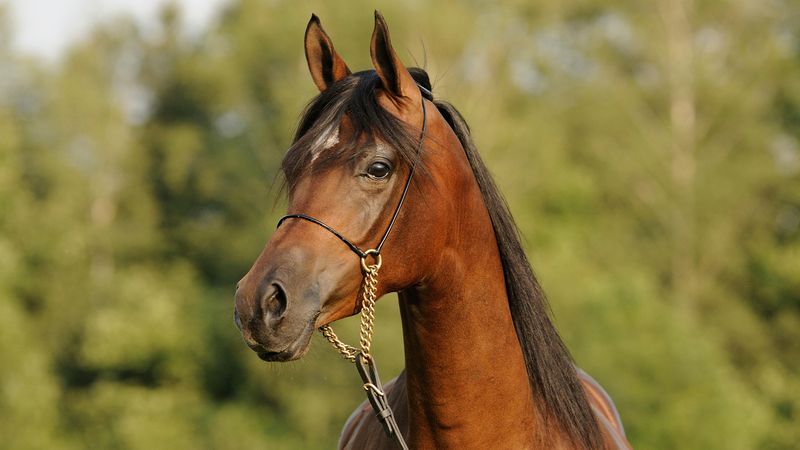
Bedouin tribes created this legendary breed by selectively breeding horses that could survive desert raids and long journeys. Their distinctive dished faces and high-carried tails became hallmarks of beauty and endurance.
Archaeological evidence dates Arabians back 3,500 years. Their pure bloodlines were carefully maintained through oral pedigrees long before written records existed. Nearly every modern light horse breed contains Arabian blood, making them the most influential ancient breed still thriving today.
9. Mongolian Horse: Genghis Khan’s War Machine
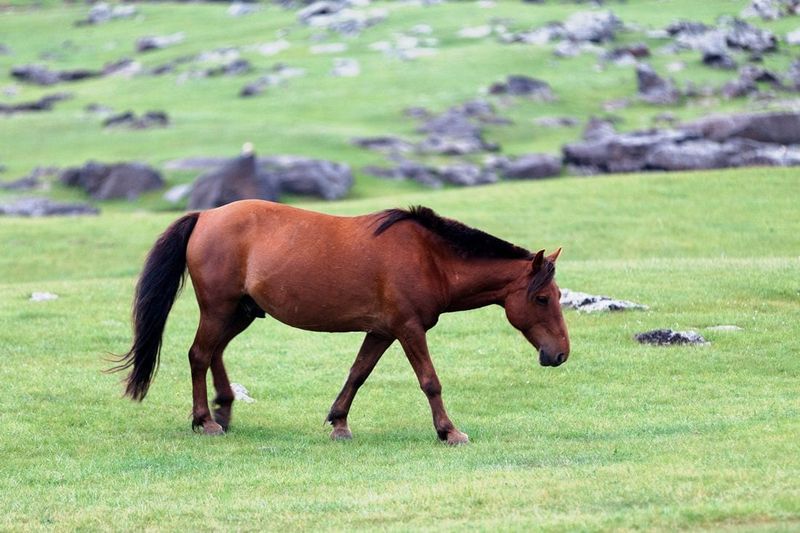
The horse that built an empire remains virtually unchanged after 4,000 years. Short, sturdy, and incredibly tough, these horses survive Mongolia’s extreme climate where temperatures swing from -40°F to 86°F.
Mongolian horses live semi-wild, finding their own food and water. Their endurance allowed Genghis Khan’s armies to travel 100 miles daily. Modern genetic studies show they maintain ancient DNA markers lost in most domestic breeds, connecting them directly to prehistoric horses.
8. Caspian Horse: Royal Persian Treasure
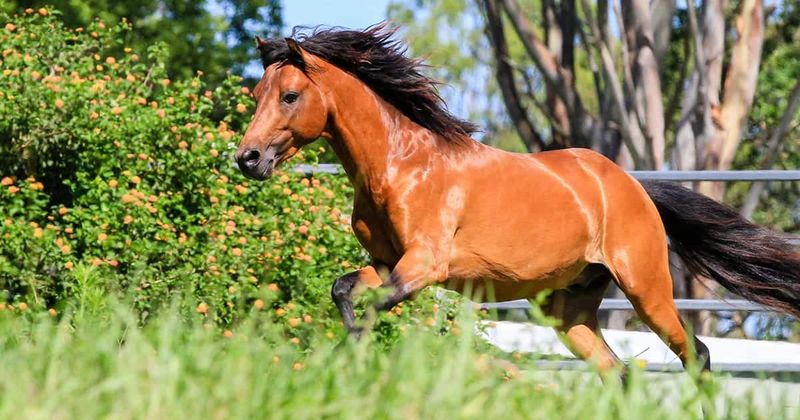
Thought extinct for 1,300 years until their rediscovery in 1965, these elegant little horses were once the prized mounts of Persian nobility. Ancient artwork from 3,000 BCE shows horses with the same refined features.
Despite standing just 11-13 hands tall, they possess remarkable strength and jumping ability. DNA tests confirm they’re one of the oldest breeds alive, possibly the ancestors of hot-blooded horses like Arabians and Thoroughbreds.
7. Icelandic Horse: Pure For A Millennium
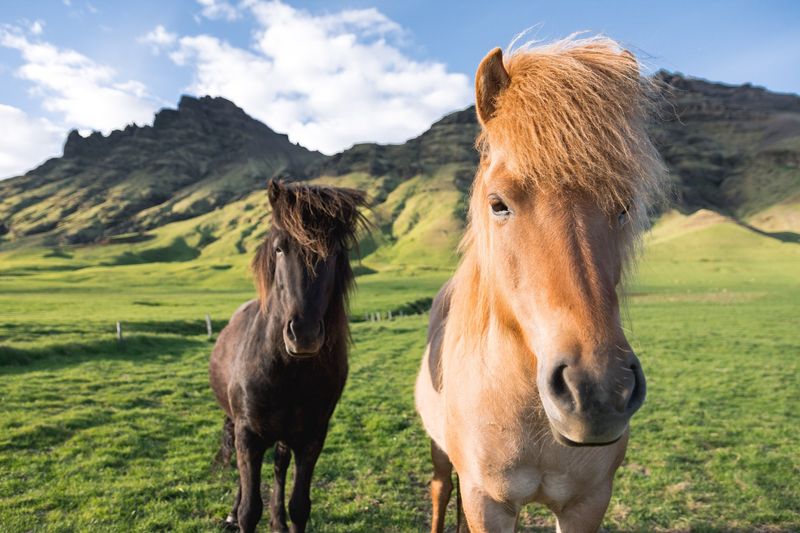
When Viking settlers brought these horses to Iceland in the 9th century, they unknowingly created a genetic time capsule. Iceland’s strict import ban (established in 982 AD) means these horses haven’t mixed with other breeds for over 1,000 years.
Famous for their five gaits—including the smooth tölt and flying pace—these horses carry genetic markers from now-extinct ancient breeds. Their small size and thick winter coats reflect adaptations to Iceland’s harsh volcanic landscape.
6. Fjord Horse: Viking’s Trusted Companion
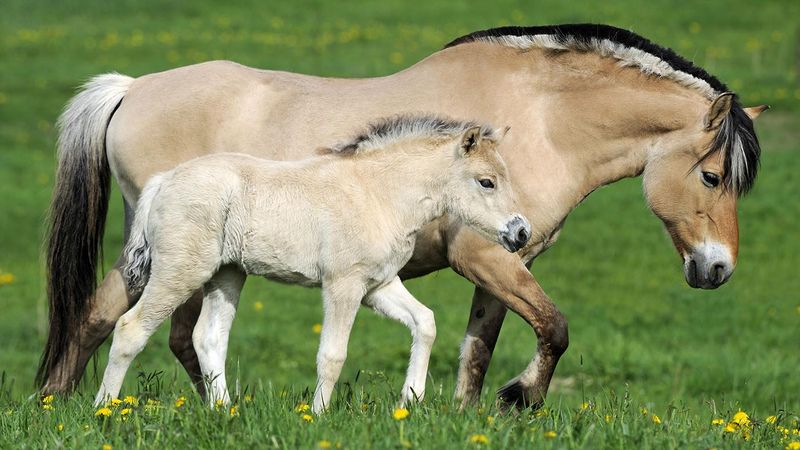
With their distinctive cream-colored bodies and striking black-striped manes, Fjord horses look like they galloped straight out of Norse mythology. Archaeological findings confirm they’ve pulled Viking ships and plowed Norwegian fields for over 4,000 years.
Their unique dun coloring and primitive markings reveal their ancient origins. Despite their small stature, these powerful horses carried warriors into battle and later became beloved farm workers, maintaining their distinctive appearance through millennia.
5. Exmoor Pony: Britain’s Living Fossil
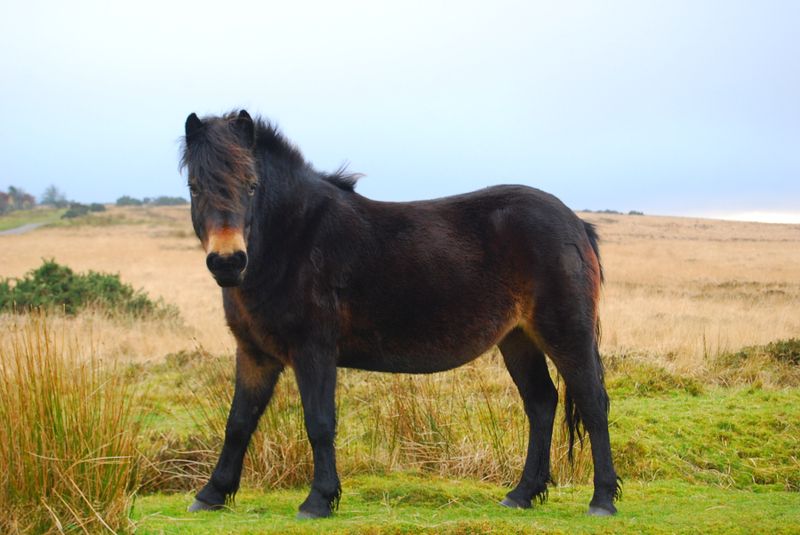
Roaming the windswept moors of southwest England, these hardy ponies haven’t changed much since the last ice age. Their distinctive “toad eyes”—flesh above their eyes that shields from harsh weather—is a primitive feature found in no other breed.
Archaeological evidence suggests they’re direct descendants of horses that arrived in Britain 130,000 years ago. Their mealy muzzles and waterproof double coats helped them survive while other ancient breeds disappeared.
4. Tushuri Horse: Caucasus Mountain Master
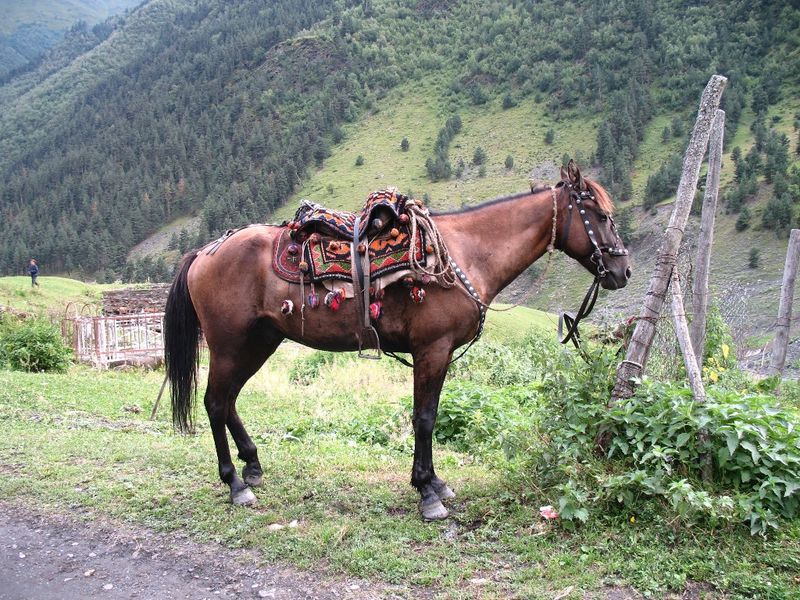
High in Georgia’s rugged Caucasus Mountains, these tough little horses developed incredible endurance. Locals call them “the horse that never tires,” capable of carrying heavy loads across treacherous mountain passes.
Their isolated homeland kept their bloodline pure for thousands of years. With thick winter coats and iron-hard hooves, Tushuris navigate steep, rocky terrain that would defeat most other breeds, just as their ancestors did millennia ago.
3. Przewalski’s Horse: Untamed Survivor
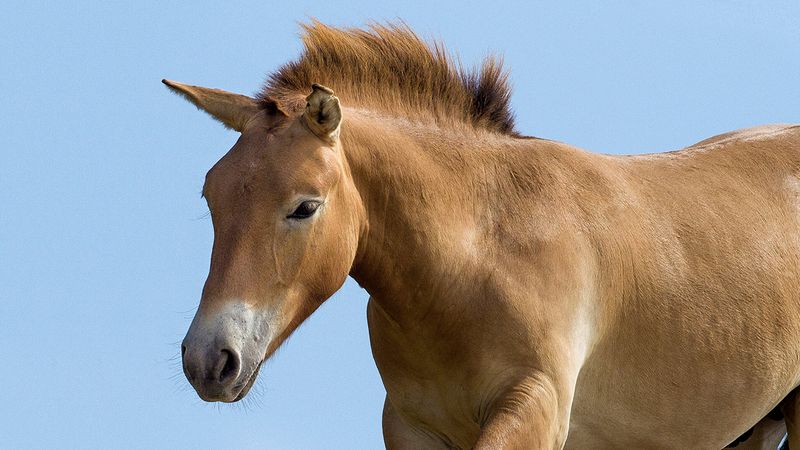
Never truly domesticated, these stocky wild horses nearly vanished forever. With their upright manes, dun coloring, and primitive markings, they look straight out of an ancient cave painting.
Once declared extinct in the wild, a captive breeding program saved them from oblivion. Today, small herds roam free in Mongolia and China. Their DNA proves they’ve remained unchanged for over 10,000 years—a living window into the Ice Age.
2. Tarpan: The Ghost Horse
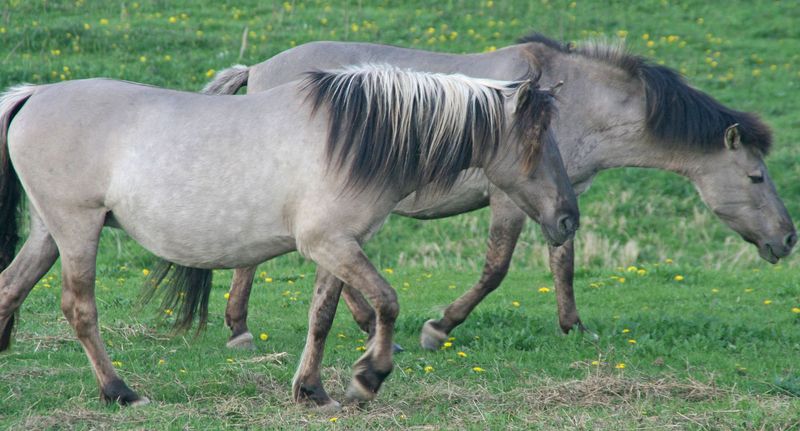
Officially extinct since 1909, the Tarpan’s genetic ghost haunts modern horse breeds. These wild European horses had mouse-gray coats and stood just 13 hands tall, perfectly adapted to forest and steppe environments.
Scientists have attempted to recreate Tarpans through back-breeding programs. The Konik and Heck horses carry pieces of their ancient DNA, keeping the spirit of these 6,000-year-old equines alive in modern times.
1. Hucul Horse: Mountain Survivor
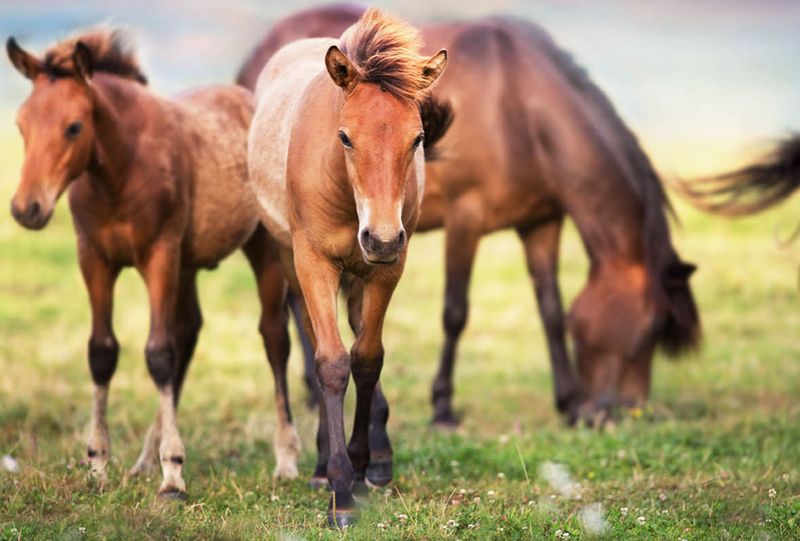
These pint-sized mountain dwellers have roamed the Carpathian Mountains since the last ice age melted away. Hardy and sure-footed, Huculs thrived in harsh conditions where other horses couldn’t survive.
Their primitive markings—dorsal stripes and zebra-like leg bars—reveal their ancient origins. Scientists believe they may be direct descendants of wild horses that lived 12,000 years ago, making them living pieces of equine history.

